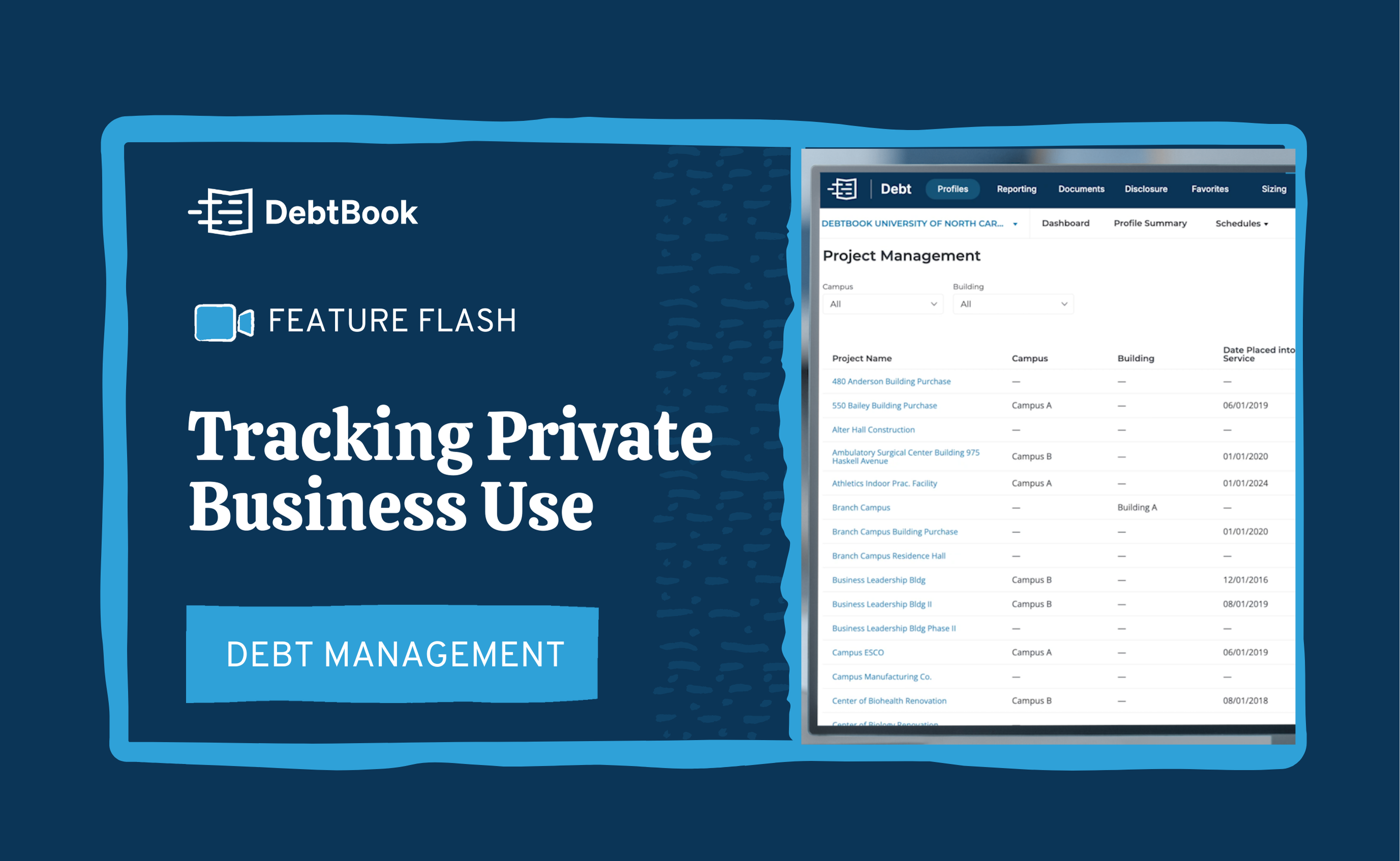Organizations face the constant threat of unexpected financial disruptions that can dramatically impact cash flow and overall financial health. Liquidity management acts as a critical lifeline, ensuring organizations have the necessary cash reserves to get through any disruption and seize emerging opportunities.
However, liquidity management isn't just about keeping enough cash on hand; it's about strategically optimizing your cash flow to strike a perfect balance between meeting immediate liabilities and maximizing returns on idle funds.
For treasurers, this translates into a comprehensive approach that includes clear visibility of cash positions, accurate cash flow forecasting, and short-term financing. By mastering these strategies, treasurers can safeguard their organizations against financial volatility and drive sustainable growth.
What is Liquidity Management?
Liquidity management refers to the process of overseeing and controlling an organization’s cash flow to ensure it has enough liquid assets to meet its short-term obligations.
Monitoring, analyzing, and optimizing cash flows help maintain adequate balances. This ensures an organization's ability to meet both expected and unexpected cash flow and collateral needs without adversely affecting the institution’s operations or financial condition.
Effective liquidity management revolves around three primary objectives:
Ensuring Adequate Liquidity
To ensure proper liquidity, it’s important to maintain sufficient cash reserves to meet short-term obligations and unexpected expenses. This involves accurate cash flow forecasting and strategic planning to avoid liquidity shortfalls.
Minimizing Costs
Another objective is to reduce the costs associated with holding and managing cash. This includes minimizing the reliance on expensive short-term financing options and optimizing the use of available cash to reduce idle balances.
Optimizing Returns
Optimizing returns includes balancing liquidity needs with opportunities for short-term investments to enhance returns on surplus cash. This requires a strategic approach to investing in low-risk, liquid assets that provide a reasonable return while ensuring quick access to funds when needed.
Liquidity Management Strategies for Treasurers
Based on these primary objectives let’s dive into strategies your organization should be implementing for better liquidity management.
1. Cash Flow Forecasting
Accurate cash flow forecasting involves predicting the movement of cash in and out of an organization over a specific period, allowing treasurers to anticipate future cash needs and surpluses.
The primary purposes of cash flow forecasting include:
- Ensuring Liquidity: Helps maintain sufficient cash reserves to meet short-term obligations and avoid liquidity crises.
- Strategic Planning: Informs decision-making related to investments, financing, and operational activities.
- Cost Efficiency: Reduces reliance on costly short-term borrowing by identifying potential cash shortfalls in advance.
- Risk Management: Enables proactive management of financial risks by providing visibility into future cash positions.
- Performance Monitoring: Allows for the evaluation of actual cash flows against forecasts, facilitating continuous improvement in financial planning.
Using cash flow forecasting as a strategy for better liquidity management involves integrating forecast data into the broader financial planning process. Treasurers can create various scenarios to test different assumptions and outcomes, allowing them to develop contingency plans and make informed decisions about cash allocations.
By regularly updating forecasts with real-time data, organizations can quickly adapt to changes in the market or their operational environment, ensuring that they are always prepared to meet their financial obligations while maximizing the use of surplus cash.
This strategic approach not only enhances liquidity management but also supports long-term financial stability and growth.
Download our free cash flow forecasting template
2. Cash Position Management
Managing the daily cash position involves the regular monitoring and adjustment of an organization's cash balances to ensure that it has sufficient funds to meet its short-term obligations while optimizing the use of excess cash.
Key activities in managing the daily cash position include:
- Cash Flow Monitoring: As mentioned above, it’s important to continuously track cash inflows and outflows to maintain an accurate picture of an organization’s cash position.
- Cash Reconciliation: Regularly reconciling bank statements with internal records to identify and resolve discrepancies promptly.
- Liquidity Adjustments: Making daily adjustments to cash balances through transfers, borrowings, or investments to ensure optimal liquidity levels.
- Forecast Updates: Frequently updating cash flow forecasts based on actual performance to refine future projections.
This proactive approach enables treasurers to adjust liquidity positions daily, ensuring that funds are available when needed while excess cash is effectively utilized or invested.
Download our free cash position worksheet
3. Short-Term Investments
Short-term investments can be a powerful strategy to improve liquidity management by ensuring that idle cash is not only readily accessible but also generating returns.
Given today’s heightened rate environment, treasurers can capture yield that historically has only been through long-term investments that lock liquidity until they mature.
By strategically allocating funds into short-term investments, treasurers can enhance their organization's liquidity position while also mitigating financial risks.
Common short-term investment options include:
Money Market Funds
Money market funds offer high liquidity, low risk, and relatively stable returns, making them suitable for maintaining liquidity.
Short-Term Bonds
Short-term bonds provide higher yields than money market funds, with relatively low risk, especially when investing in high-grade bonds.
Commercial Paper
Commercial paper typically offers higher returns than money market funds, with maturities ranging from a few days to a year, suitable for managing short-term cash needs.
[FREE GUIDE] 6 Short-Term Financing Strategies for Treasurers
4. Strong Banking Relationships
Improving banking relationships is a strategic approach to enhancing liquidity management because strong partnerships with reliable banks provide stability and access to essential financial services.
A well-chosen banking partner offers competitive pricing, superior customer service, and advanced financial products, which can optimize cash management, reduce costs, and ensure quick resolution of issues.
Key criteria to consider include:
Financial Stability
You want to ensure the bank has a strong financial foundation and a good credit rating. Look for well-capitalized banks with a history of financial resilience.
Service Quality
High-quality customer service is essential for resolving issues quickly and efficiently. Evaluate the bank’s responsiveness, expertise, and support capabilities.
Cost Structure
Competitive pricing is important for managing costs. Compare fees for various services and ensure transparency in the bank’s fee structure.
5. Negotiate Bank Fees and Services
Along with building strong banking relationships, you want to ensure that you’re keeping an eye on your bank fees and services. You can do this with:
Bank Fee Analysis
Regularly review and analyze the fees charged by your banks. This helps you quickly spot opportunities to reduce costs and ensures transparency in banking relationships.
Service Bundling
Negotiate bundled service packages to achieve cost savings. This reduces overall banking expenses and simplifies fee management.
Competitive Bidding
Use competitive bidding processes to select banking partners and negotiate better terms. This helps secure the best possible rates and terms for banking services. There should be a cadence associated with this process as well, with organizations reviewing pricing or going out to RFP for banking services every 3-5 years.
DebtBook: Real-Time Monitoring for Proactive Liquidity Management
DebtBook's Cash Management application is purpose-built for government and nonprofit treasury teams, providing comprehensive tools to power the efficient management of cash flow and liquidity.
By leveraging DebtBook, your team will easily identify daily collections and disbursements, forecast more quickly and accurately, perform streamlined bank fee analysis, easily upload and read account analysis statements, and flag fraudulent or unexpected transactions, unlocking time and resources to focus on strategic treasury initiatives.
DebtBook plays an important role in modern liquidity management by:
Enhancing Efficiency
Use DebtBook to automate routine tasks and processes to save time and reduce errors. This frees up resources for strategic activities and improves overall efficiency.
Improving Accuracy
DebtBook’s cash management technology provides accurate and real-time data for better decision-making. This ensures precise cash flow forecasts and better liquidity management.
Enabling Real-Time Monitoring
Offering real-time visibility into cash positions and transactions, DebtBook allows for timely adjustments and proactive management of liquidity.
During preliminary testing, DebtBook helped identify millions of dollars of idle cash that, when invested, could be earning between $200k to $2M on average in interest revenue on an annual basis.
(The on average $200K-$2M per annum calculation is based upon average balances identified in operating accounts that could be invested through daily liquid money market fund returning 5% APY.)
Explore DebtBook's Bank Fee Analysis feature in our 2-minute Feature Flash!
Conclusion
Implementing these strategies is not just about maintaining financial stability; it’s about optimizing your organization's cash resources to support growth and strategic initiatives.
Treasurers are encouraged to:
- Adopt Best Practices: Implement the above strategies to enhance liquidity management and drive better financial performance.
- Leverage Technology: Utilize advanced tools and technologies to automate processes, improve accuracy, and gain real-time visibility into cash positions.
- Continuously Improve: Regularly review and refine your liquidity management practices to adapt to changing market conditions and organizational needs.
When your team proactively manages liquidity, your organization can seize strategic opportunities and ensure long-term financial success. Now is the time to elevate your liquidity management game and achieve financial excellence.
Related Cash Management Reading
- Bank Fee Management: Challenges & Insights for Treasury Teams
- Common Bank Reporting and Payment File Formats for Treasury
- Understanding Bank Fee Analysis for Municipalities
Disclaimer: DebtBook does not provide professional services or advice. DebtBook has prepared these materials for general informational and educational purposes, which means we have not tailored the information to your specific circumstances. Please consult your professional advisors before taking action based on any information in these materials. Any use of this information is solely at your own risk.







